|
|
 |

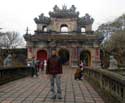 Jan 16-17, 2015
Jan 16-17, 2015
Exploring the Imperial City of Hue, Vietnam
GPS waypoint: 16°27'51.8"N 107°35'10.1"E (at Cau Phu Xuan Bridge)
Location: Hue, Thua Thien-Hue Province, Vietnam
Bus Trip
In Da Nang, Tuyen (my Vietnamese traveler partner) and I cabbed it to the Hanh Cafe office to board our sleeping bus for the 3-hour bus ride to Hue. The trip was needlessly slow for speed compliance to local laws. We passed through the 6.28 km Hai Van Tunnel that shortened the usual trip by bypassing the mountain road. This is the longest tunnel in Southeast Asia. The bus dropped us off at the heart of the tourist area, so it was only a short walk to the hotels.
 Lodging Lodging
We stayed at Canary Hotel which was centrally located within the tourist area - shops, tour agencies, hotels, restaurants, cafes, etc. and close to the river. The hotel was clean with decent rooms plus strong wifi (occasionally though, the signal dies then goes back up again). The room had all the standard amenities plus a few perks - fridge, phone, etc. The hotel made our stay in Hue more pleasant.
Hue History
Hue is known in Vietnam as the land of Kings. Before becoming a Unesco World Heritage Site, it was once the imperial capital of Vietnam under the Nguyen lords/kings for 143 years from 1802 to 1945. A little background history:
- 1775 - Trinh Sam (1739-1782) captured Hue. He ruled northern Vietnam from 1767 to 1782 AD and was one of the last of the powerful Trinh lords
- 1802 - Nguyen Phuc Anh (later Emperor Gia Long) crushed the Tay Son Rebellion and unified the whole of Vietnam and established his capital in Hue as the first ruler of the Nguyen Dynasty
- 1820 - Minh Mang, son of Gia Long, ascended the throne. He opposed the incursion of the French in Vietnam
- 1945 - after a 143 year reign of the Nguyen kings, the last king, Bao Dai, abdicated allowing Ho Chi Minh and his Viet Minhs to establish a communist government to the north, Hanoi
- 1949 - the French colonialists, in their bid to re-establish their presence after WWII, reinstated Bao Dai as king with his base in the south, Saigon. He was not widely accepted by the Vietnamese nor the communists
- 1954 - the French are defeated by the communists in the Battle of Dien Bien Phu. This ended French involvement in Vietnam. With the signing of the Geneva Accords of 1954, the communist North Vietnam established its capital base in Hanoi and South Vietnam with its capital in Saigon. This caused a mass exodus of people to flee either to the north or south, depending on their allegiance. Many people from the north fled to Hue to escape the communist rule. The US was not involved in the conflict yet but it sent military advisers to South Vietnam.
- 1964 - the US alleged that North Vietnamese forces torpedoed US destroyers in an unprovoked attack at the now infamous, "Tonkin Gulf". This was the start of the American military intervention into the Vietnam War. Decades later, Robert McNamara, then Secretary of State, admitted that the Gulf of Tonkin incident never happened. In short, it was the US's pretext to go into war.
- 1968 - the Battle of Hue ensued during the Tet Offensive, causing great damage to its historical site due to American bombings on sites held by the north. There was also a great loss of life after the Massacre at Hue by the communist forces
- 1975 - with the victory of the communists, Hue was neglected, being seen as a vestige of a feudal regime
- present day - with increased global tourism, Hue is being developed to accommodate an increasing amount of visitors with some historical sites being restored or even being rebuilt
Hue Imperial City (The Citadel)
The main draw of Hue is the Imperial City or The Citadel. It is an impressive 4km2 moated fortress with a 2m-thick wall. Within its inner confine is yet another fortress named the Purple Forbidden City which was seat to the 143 year rule of the Nguyen Dynasty beginning with Gai Loc, after he unified Vietnam. This was the realm only for the Nguyens and the royal court plus palace workers. Trespassers were put to death.
Tombs of Kings
Hue had 13 kings and some of them had their royal burial site within the city. The famous ones being the tomb of Minh Mang, tomb of Khai Dinh and the tomb of Tu Duc. All these tombs require admission fees, some of them a good 18 kms away - still good for a bicycle ride.
Hue Legacy
Apart from its royal historical past, Hue lays claim to many things that have spread across Vietnam or have become world famous:
- ao dai dress - the elegant white gown worn by Vietnamese women
- Thich Nhat Hanh - the Zen monk who now lives in France
- Thich Quang Duc - a Buddhist monk who set himself on fire in Saigon to protest the South Vietnam's anti-Buddhist policies
- Bun bo Hue - a noodle dish originating in Hue
- non la hats - now part of Vietnam's national clothing together with the ao dai
Ending Thoughts
I wanted to see the tombs of the emperors too, but time was short and the tour fees were adding up. That will be for next time. The ostentation of the Nguyen Dynasty was, like that of China's Forbidden City, alien to the common man. It was like living in a bubble. But hey, that bubble took 143 years to burst.
I didn't feel too good about the tourism aspect of Hue. The vendors seem to see travelers like cows they can milk. There was a feeling of crass commercialization of the place. Some adjacent restaurants have almost the same name - meaning one restaurant was successful so the next resto beside it changes the name to almost match the name of the other guy. They get aggressive in herding the passing tourists to their establishment. And that kind of energy seemed to permeate amongst the tourism vendors I came across with.
For now, it's time to pack-up for Hoi An's Ancient Town, a Unesco World Heritage Site!
--- TheLoneRider
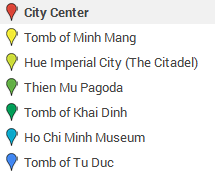
- one mug draft beer
- 1.5 liter drinking water
- one hour massage
- banh mi sandwich
- noodle soup with meat
- coffee
- bicycle rental
- laundry
- sleeping bus to Hue from Da Nang (w/ Hanh Cafe)
- dorm bed
- internet cafe
- the main tourist area where you see most of the hotels, restaurants, ticket offices, tour operators, are located around the Le Roi St. and Pham Ngu Lao St.. If you book a hotel near this area, you're close to everything.
- local eateries full of locals are always a good sign of cheap and good food. A good example is the Banh Mi place by the foot of the bridge
- Train - US$16/pax for hard seats, US$20/pax for soft seats, 2.5 hours, 108 kms. Get window seats to the right if heading north from Da Nang for the scenic views. Departs Da Nang: 03:02 (SE6), 12:46 (SE2), 14:13 (SE4), 22:59pm (SE8) (source: Vietnam Railways System). To save the hassle, best to have your hotel do the booking
- Bus - many ways...this is only one of them. Book by phone and take a bus at Sinh Cafe (0511 3843 259, VND 89k) or Hanh Cafe office (0511 3525 052, VND 80k) - no hotel pick-up service, 3 hours, 108 kms. You'll be dropped off at 28 Chu Van Hu St., Hue
- Tomb of Minh Mang - 18.4 kms from Hue bus station, 21 mins
- Tomb of Khai Dinh - tomb of Emperor Khai Dinh (1885-1925) that took 11 years to finish
- Tomb of Tu Duc - built from 1864 to 1867 for Emperor Nguyen Tu Duc
- Hue Imperial City (The Citadel) - walled fortress housing the former kings of Vietnam's Nguyen Dynasty
- Thien Mu Pagoda - pagoda seven stories high and the tallest religious building in Vietnam
- Ho Chi Minh Museum - photos and information of Ho Chi Minh
- Vietnamese smokers used to smoke in air-conditioned establishments, air-conditioned buses packed with people including women, children and babies. But this habit seems to be changing now.
- Vietnam ranks almost the same as Thailand and Cambodia for cheap price. Laos, Myanmar and Malaysia cost more
- internet speed is generally fast and reliable but during important events like Tet holiday, election, etc., it slows down
- Vietnamese generally do not speak or understand much English. It will be a challenge.
- only Vietnamese Dong is accepted as legal tender (change your dollars into Dong)
- best to dress appropriately, not revealing too much skin (Saigon is an exception - the ladies there set the trend in very short shorts)
- remove your shoes when entering a home or place of worship
- ask first before taking someone's picture. If they say no, don't persist or offer money
- best to carry your hotel's business card with you when going out. You can just show it to the cab driver or XeOm driver if they don't understand English
- leave your valuables, passport, travel tickets, etc. with the hotel's safety deposit box
- when lying down, don't point your feet or the soles of your shoes to anyone or to a family altar
- carry only enough cash for your needs that day
- don't lose your temper in public - Vietnamese people are warm, generous and polite. They look down on people who lose their composure
- don't take pictures of military installations
- refrain from taking videos of minority people until permitted to do so
[an error occurred while processing this directive]


 Honey Goode Honey Goode
(Jan 28, 2015) Git kumusta? I'm planning to go there early September after Thailand. Tell me more about the place.
 Carrie Hunter Carrie Hunter
(Jan 28, 2015) I am enjoying travelling vicariously with you!
 Vien Vien 
(Jan 28, 2015) che (sweets) in Hue!
Jan 16-17, 2015
»» next Traveling story: Visiting Hoi An Ancient Town
»» back to Traveling
»» back to Homepage
ARCHIVE 2025:
JAN |
FEB |
MAR
1970 |
1973 |
1975 |
1976 |
1977 |
1979 |
1981 |
1996 |
2000 |
2001 |
2002 |
2003 |
2004 |
2005 |
2006 |
2007 |
2008 |
2009 |
2010 |
2011 |
2012 |
2013 |
2014 |
2015 |
2016 |
2017 |
2018 |
2019 |
2020 |
2021 |
2022 |
2023 |
2024 |
2025 |
ALL BLOGS

|
 |

 |

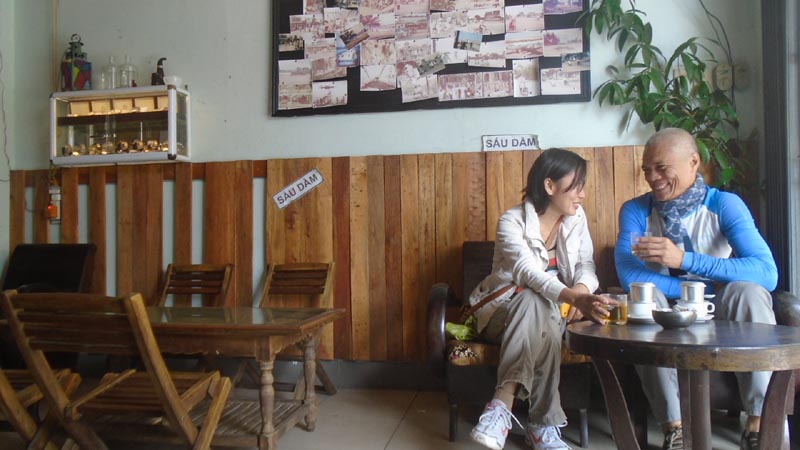
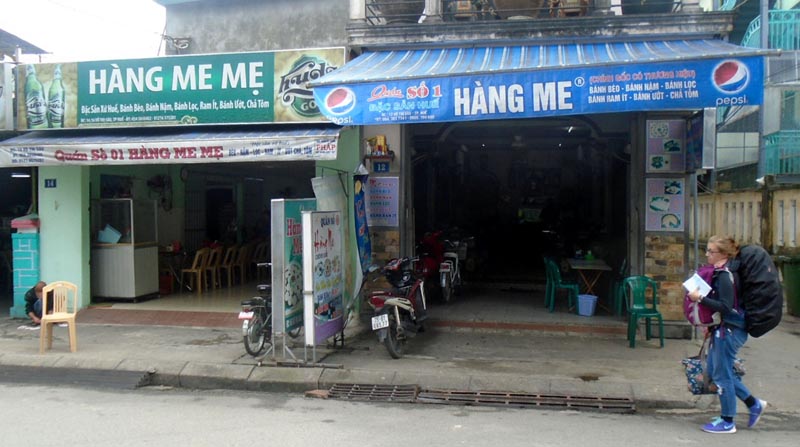
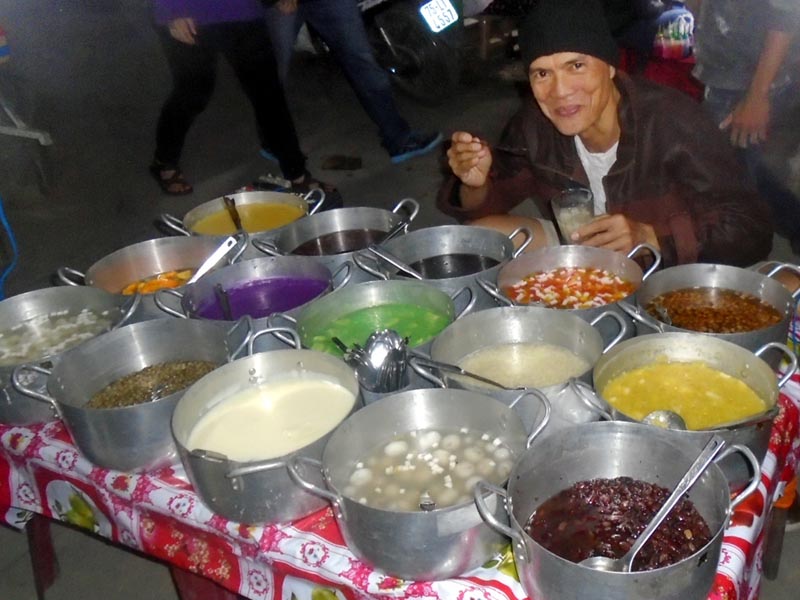
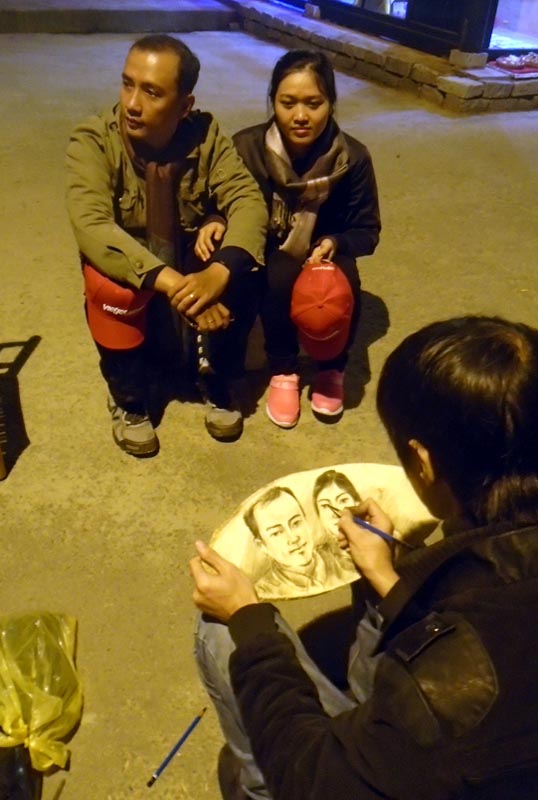
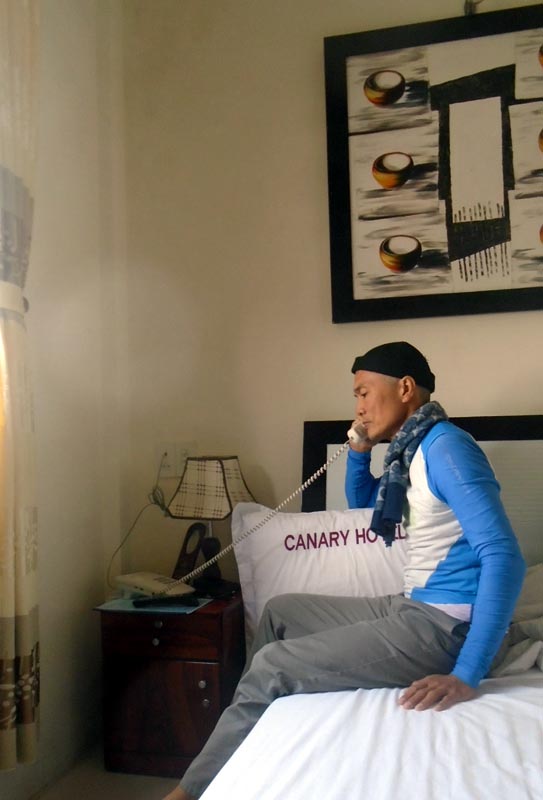

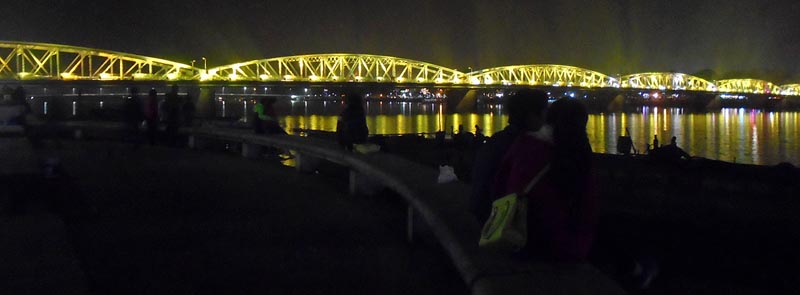
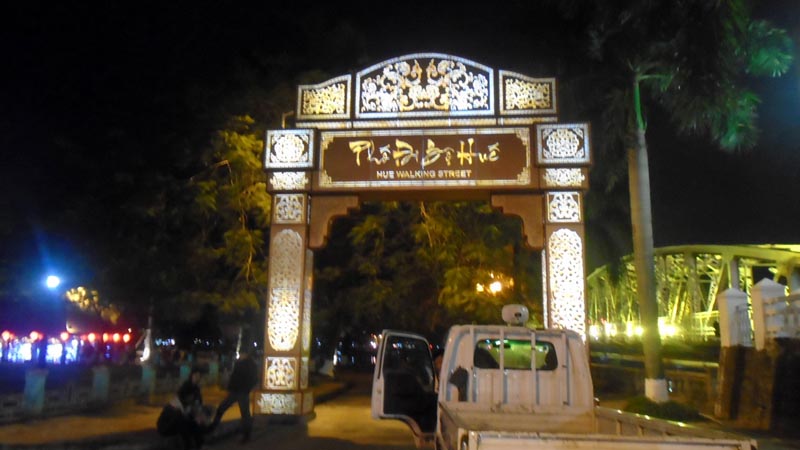
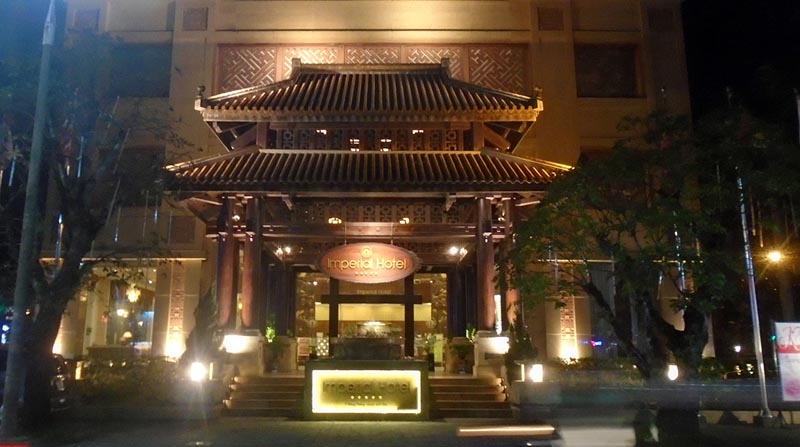
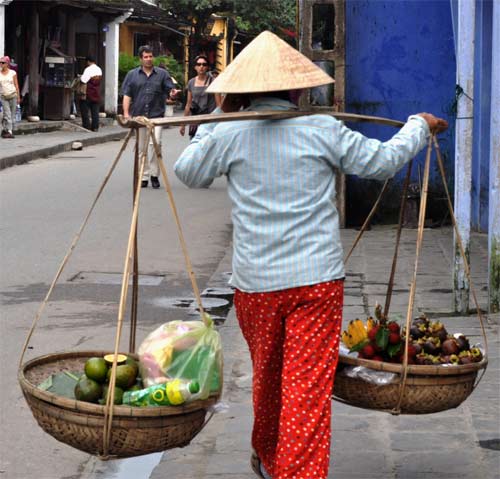
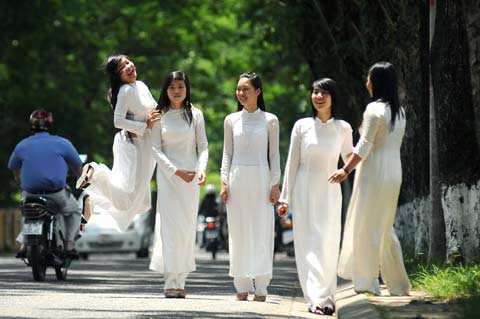
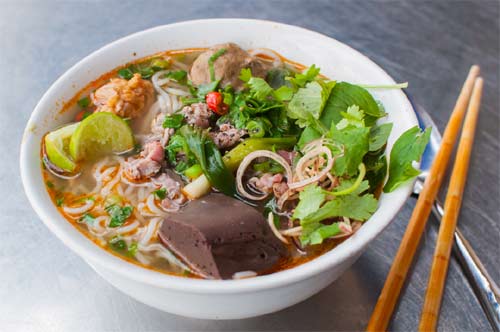
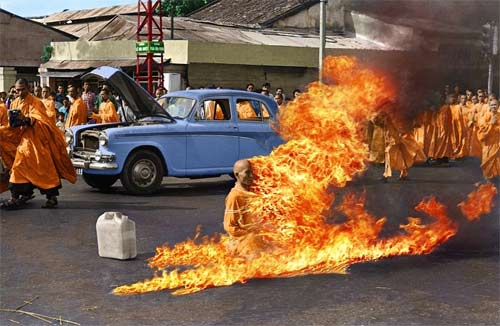
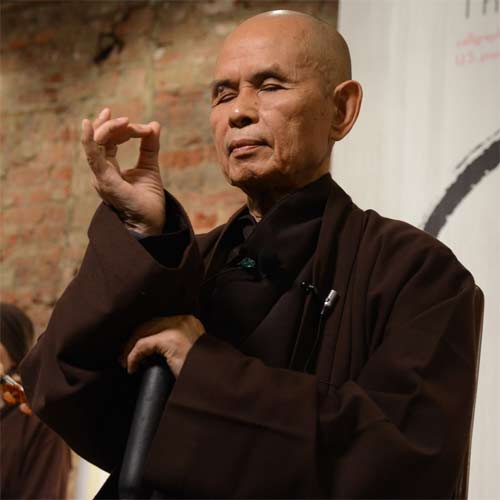
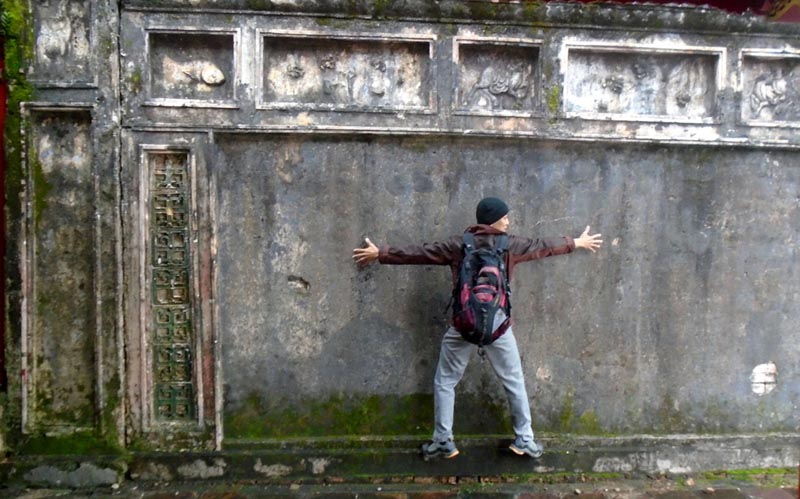
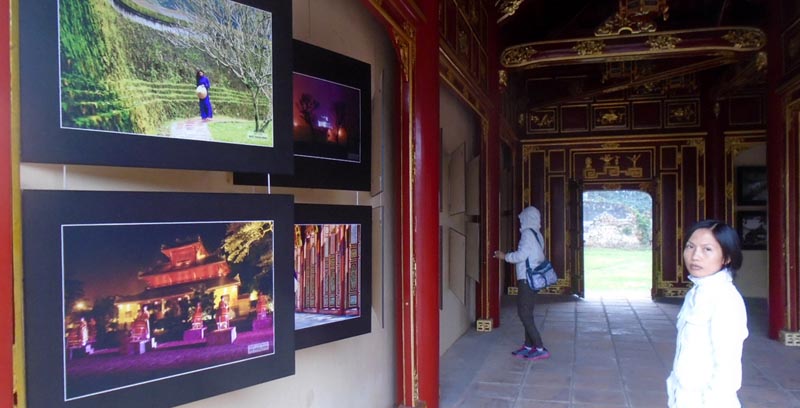

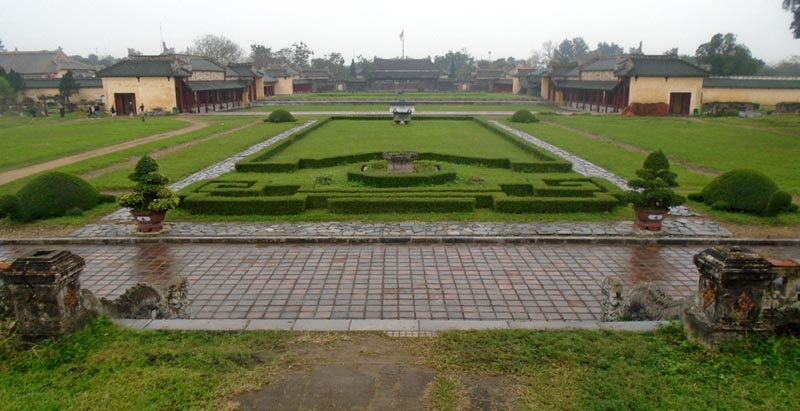
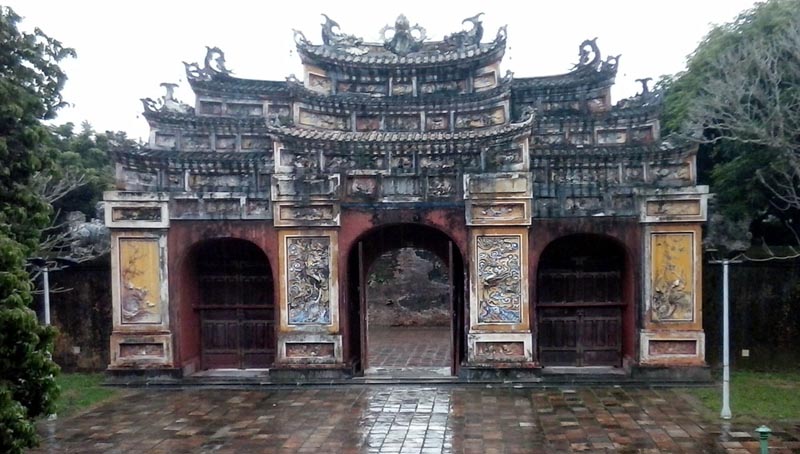
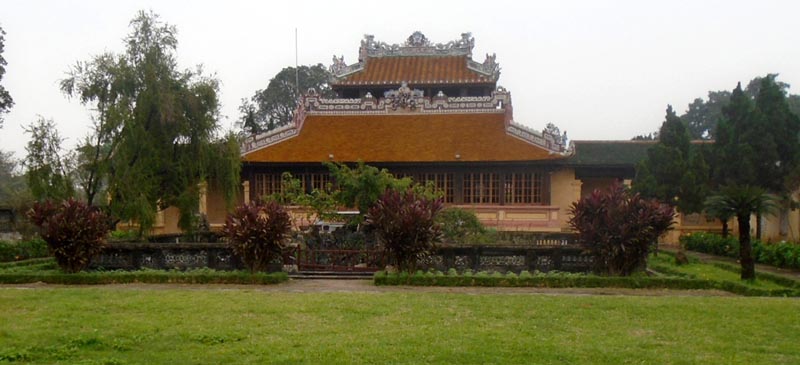

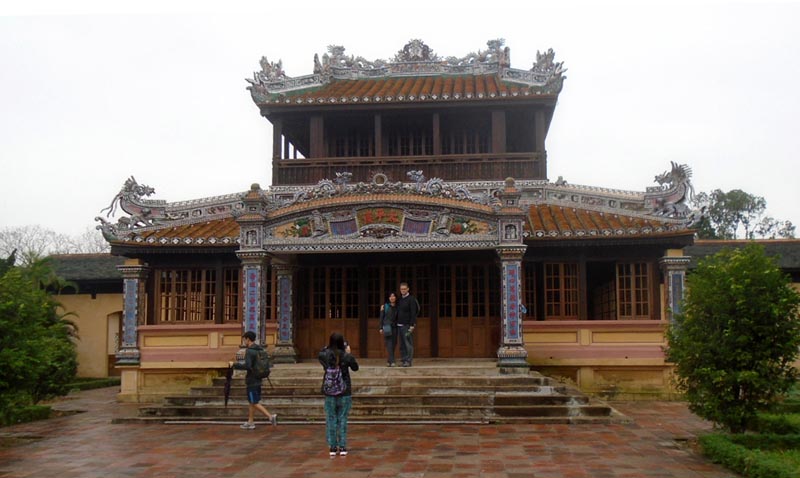

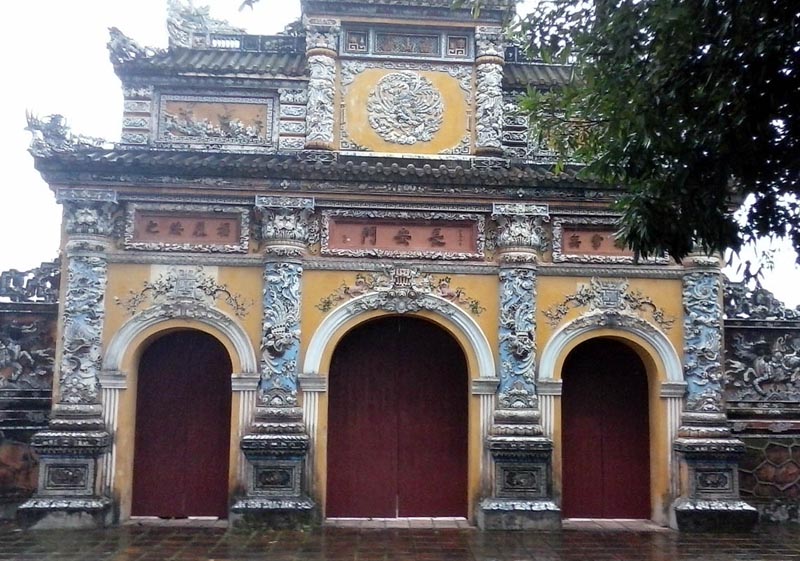
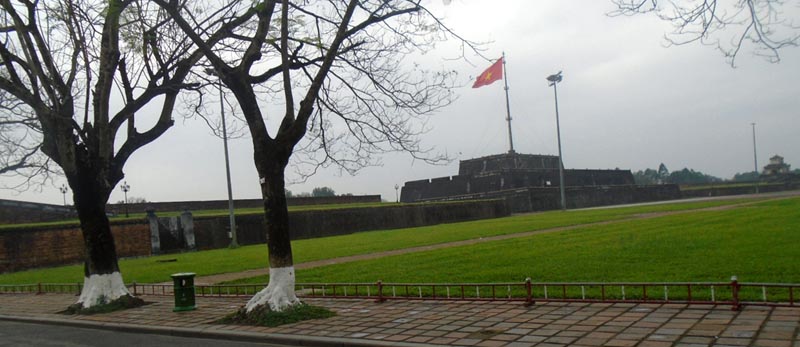
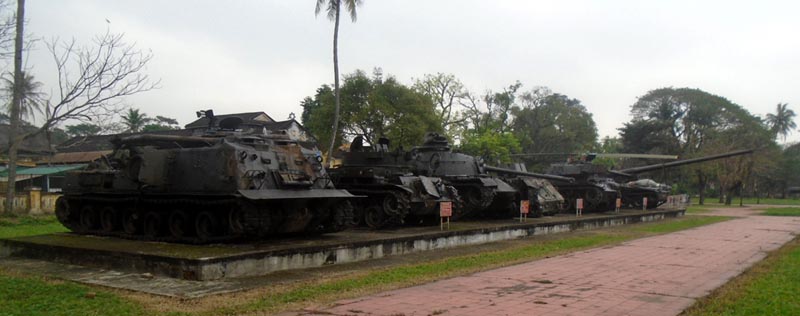
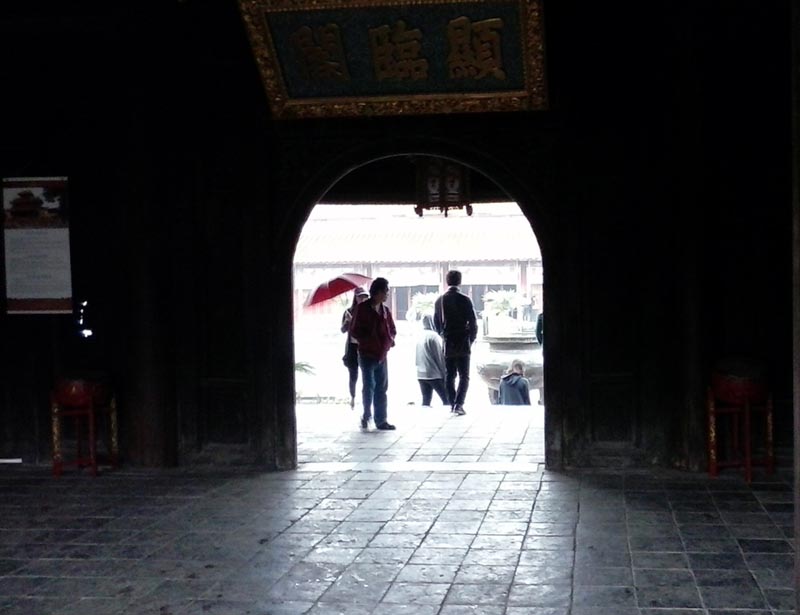
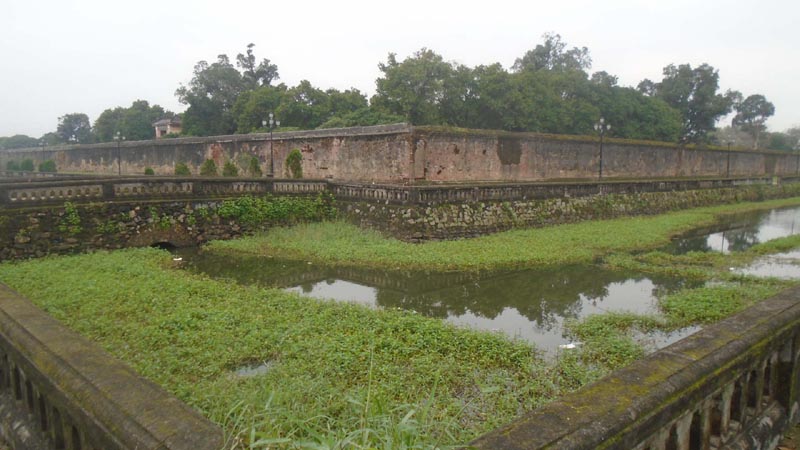
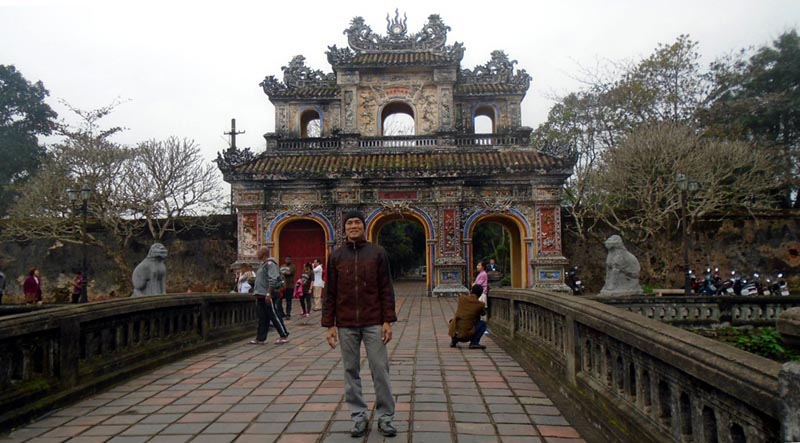

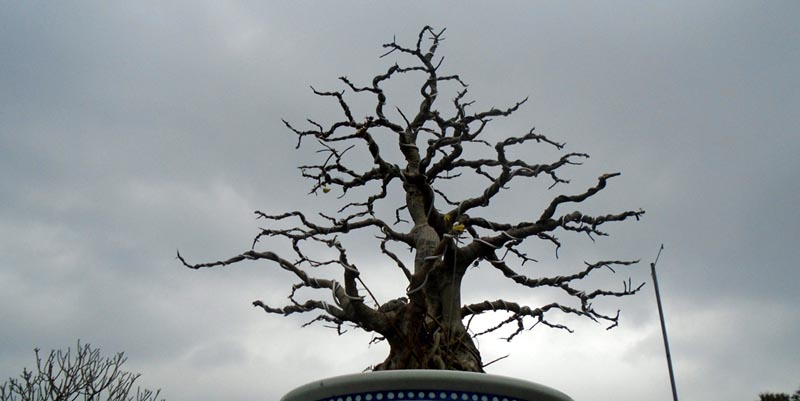

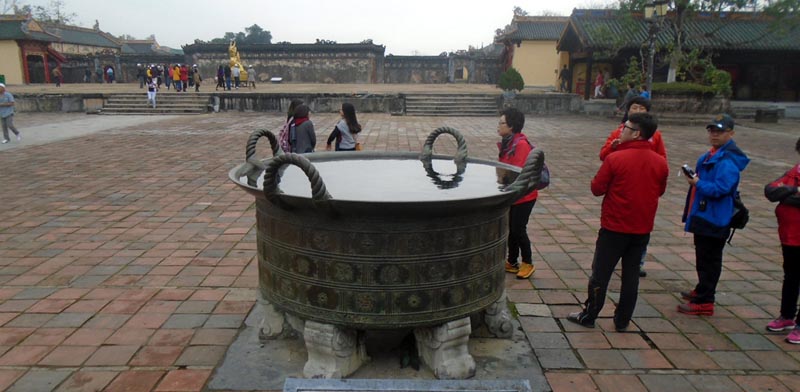
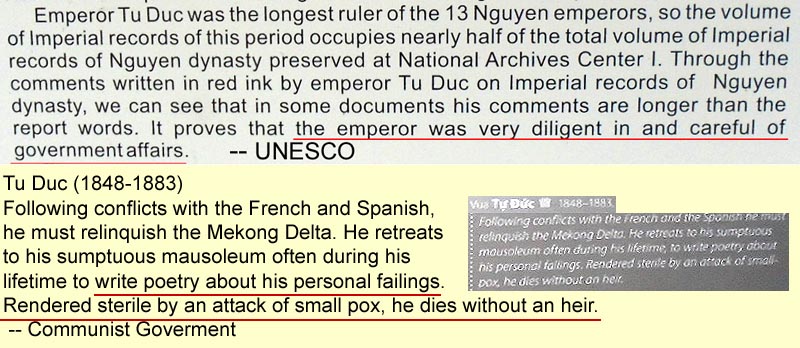
|
 Jan 16-17, 2015
Jan 16-17, 2015


 Honey Goode
Honey Goode Carrie Hunter
Carrie Hunter Vien
Vien 





